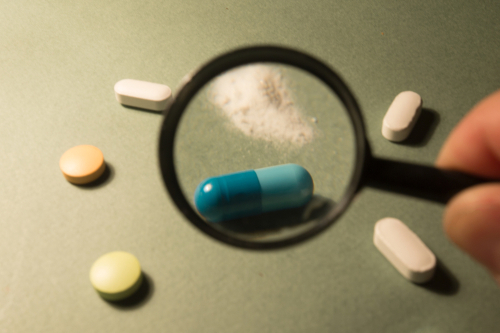Substandard and falsified medical products may cause harm to patients
UNI Apr 02, 2018
A WHO report on 1st April mentioned that medicines sold in the country contained mostly substandard or falsified products that often fail to treat the disease and can even be harmful to the patient.

Substandard and falsified medical products may cause harm to patients and fail to treat the diseases for which they were intended. Falsified medical products may contain no active ingredient, the wrong active ingredient or the wrong amount of the correct active ingredient. They are also found to commonly contain corn starch, potato starch or chalk, a WHO report on 1st April said. Some substandard and falsified medical products have been toxic in nature with either fatal levels of the wrong active ingredient or other toxic chemicals.
Substandard and falsified medical products are often produced in very poor and unhygienic conditions by unqualified personnel, and contain unknown impurities and are sometimes contaminated with bacteria.
Substandard and falsified medical products are by their very nature difficult to detect. They are often designed to appear identical to the genuine product and may not cause an obvious adverse reaction, however they often will fail to properly treat the disease or condition for which they were intended, and can lead to serious health consequences including death. Substandard also called "out of specification", these are authorized medical products that fail to meet either their quality standards or specifications, or both.
Unregistered/unlicensed medical products that have not undergone evaluation and/or approval by the National or Regional Regulatory Authority for the market in which they are marketed/distributed or used, subject to permitted conditions under national or regional regulation and legislation. Falsified medical products that deliberately/fraudulently misrepresent their identity, composition or source. Some falsified medical products are almost visually identical to the genuine product and very difficult to detect.
However, many can be identified by: examining the packaging for condition, spelling mistakes or grammatical errors; checking the manufacture and expiry dates and ensuring any details on the outer packaging match the dates shown on the inner packaging; ensuring the medicine looks correct, is not discoloured, degraded or has an unusual smell; discussing with your pharmacist, doctor or other healthcare professional as soon as possible if you suspect the product is not working properly or you have suffered an adverse reaction and reporting suspicious medical products to your National Medicines Regulatory Authority.
-
Exclusive Write-ups & Webinars by KOLs
-
Daily Quiz by specialty
-
Paid Market Research Surveys
-
Case discussions, News & Journals' summaries